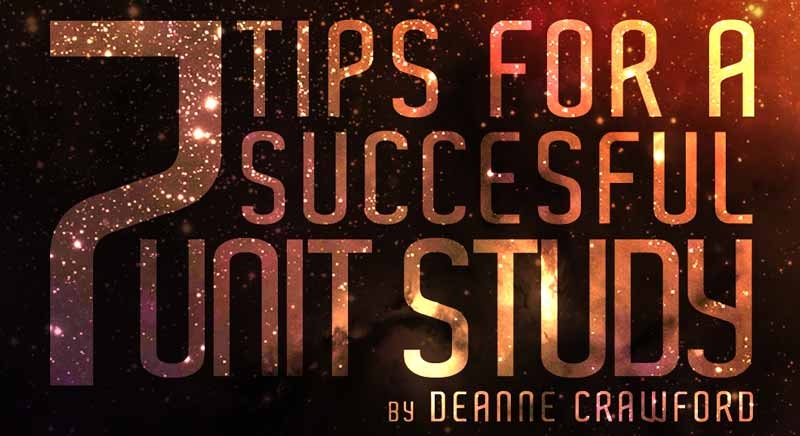We recently reread a 2018 article we wrote encouraging those starting midyear. So much has changed, it’s sobering! Since then, we’ve seen lots of people decide to homeschool practically overnight and especially midyear for various reasons. But it is overwhelming. The questions seem never-ending. What should we do? What do we need? How do we do this?
Be encouraged! We believe this is an opportunity for your family to truly thrive. Here are a few suggestions to help you start on the homeschooling path mid school year.
First thing, check your state and local requirements. Each state’s guidelines and laws are different. What are your end goals? If you plan to homeschool for a semester or two and then return to the classroom, you’ll want to contact your local or regional office of education which may require certain things for reentry. If your goal is to continue homeschooling, Home School Legal Defense Association or your state/local homeschool organization will be helpful. Whatever your goals, consulting these last organizations will help you meet legal requirements and connect you with local home educators.
Selecting curriculum at half year can be tricky. First, recognize your family’s uniqueness and goals: your children’s needs, skills, your lifestyle, goals, work situation, and more. These affect your decisions. We elaborate on this in our FAMILY Way video. Next, reconsider your end goals. If returning to school, you may wish to select curriculum written to meet state standards. If not, you may have more room to individualize.
Next, focus on your child’s skills and not just at their grade. Initially, concentrate on Language Arts and Math skills. These are foundational for all other subjects. Concentrating on these first will also keep you from decision fatigue (That’s a real thing!). Are they struggling or excelling in certain concepts or areas? You can tailor directly to their needs!
Language Arts decisions are affected by your child’s ability, their grade level, and your goals. But as an English speaker, you’ve got this. It’s more intuitive than you think. Typically, elementary students work on 8 language arts skills, often as separate subjects: reading/phonics skills, comprehension, literature analysis, vocabulary, spelling, penmanship, composition, grammar/usage/mechanics. As these skills mature, they’ll interweave in tasks, and by high school, they’ll often be grouped in composition and literature.
Reading comprehension is crucial no matter the grade. Your child’s achievement test scores will help. If not available, you can generally gauge level with tools like the Lifepac curriculum test or online options such as the Macmillan test. For any child reading at or above grade-level, literature guides help focus on literature and reading skills midyear. Let your student help you choose from age-appropriate books, adding a literature guide for comprehension purposes. The typical suggestion is 2 to 3 books with guides per semester.
Math decisions will be affected by your end goals, your child’s ability and grade level, and your teaching comfort level. There are some math courses that offer products by semester, but each curriculum has its own placement test. The method and order in which concepts are taught varies significantly, particularly in elementary years. During middle school, your student’s proficiency in basic math skills, fractions, decimals, and percentages will affect your choices. The curriculum your child used in the classroom may be available on the homeschool market. Be aware that these may not be as friendly for jumping in midyear, but comparable homeschool options are available.
Once you have solid direction for these two subjects, turn your focus on science and history; requirements (like number of days and topics) vary by state. For younger levels, you have more choices. Consider themed studies or topical library books reinforced with writing and activities. Supplemental products can help finish the school year. Rather than providing in-depth instruction, supplements overview concepts and provide a framework for, a subject. Add solid nonfiction reading or spend more time with projects or experiments in a topic that piques interest. For older students, consider semester or concept-based material. These ideas engage and give you time to research and scope out curriculum for next school year.
Next, you have permission to customize. This might mean you don’t complete everything. This might mean using a full curriculum, but fast tracking through the material or “jumping in” where skills need to be reinforced or taught. You could begin a grade-level appropriate curriculum, work on the lessons in the order presented, and when you hit a lesson that seems like review, move on.
Lastly, use your resources. First and foremost: grab a cup of coffee and contact Rainbow Resource Center Curriculum Consultants (via phone 888.841.3456 or via online chat) or check out Meet the Consultants for a friendly introduction to their schooling experiences. They are tasked with helping you—free. Check out the YouTube® channel full of curriculum and methodology videos. See their Resources for printable tools and curriculum comparisons. We truly believe you’ll treasure this time with your children, and we want you to succeed. ~ The Rainbow Consultants





